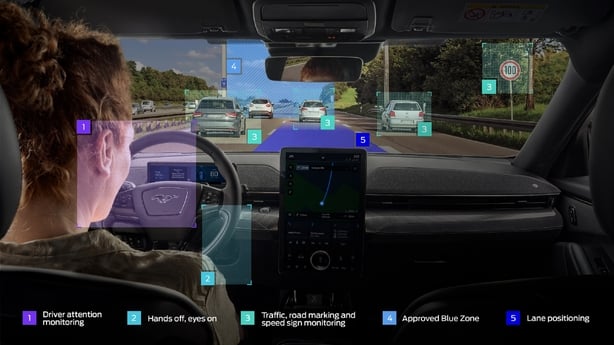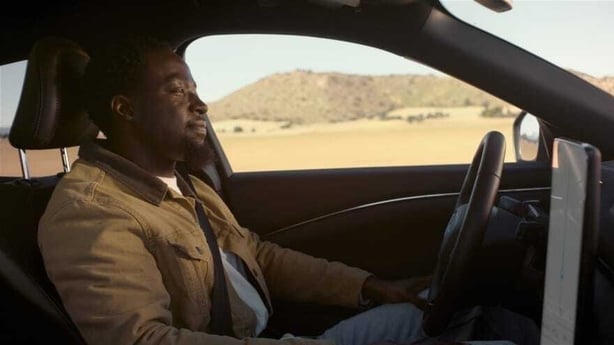Anyone with even a passing interest in the current advanced development of Artificial Intelligence (AI) is now likely to have a much clearer understanding of how our driving experience is about to change, immeasurably.
A recent Mc Kinsey report estimated that the market for advanced driving systems could be worth between $300 and $400 billion and that a quarter of respondents in a survey of 25,000 people said they wanted fully self-driving cars. Furthermore, two thirds of the positive respondents said they were willing to pay a premium for it.
Consider also that Tesla is developing what has been described as likely to be the fifth biggest and most advanced computer in the world. It's one of several huge investments in self-driving technology. And there’s a lot more to come.

Nearer home and the present, Ford is giving us an example of where car tech is going. It has just announced that it is introducing a first hands-free driver assistance system on approved British motorways. It’s the first such system approved for use in Europe, as distinct from the EU.
Drivers of 193,000 enabled Ford and Lincoln vehicles have already driven more than 64 million hands-free miles (102 million kilometres) in Canada and the US.
Some 160,000 kilometres of testing was also done in Europe. Ford says the system proved its ability to handle circumstances drivers encounter every day, such as worn-out lane markings, poor weather and roadworks.
The Blue Cruise system is now being deployed on a new generation of Mustang Mach-E models that will enable hands-free driving on 2,300 miles (3,700 km) of pre-mapped motorways in England, Scotland and Wales, which are being designated as Blue Zones.
The system monitors road markings, speed signs and evolving traffic conditions to control steering, acceleration, braking and lane positioning, as well as to maintain safe and consistent distances to vehicles ahead – right down to a complete halt in traffic jams.

Advanced infrared camera technology continually checks driver attentiveness for safety and confidence, thus ensuring that while drivers are using hands-free the car limits their autonomy if they do not have their eyes on the road at the same time.
"Modern highways can be demanding even for the most confident drivers, and intimidating for many. BlueCruise can do some of the 'heavy lifting’, to make highway driving less of a chore, and give drivers that little extra confidence and convenience, says Martin Sander, general manager of Ford Model E.
The system is subscription-based. The first 90 days use are included with the vehicle purchase and, thereafter, a £17.99 monthly subscription is payable.
Ford expects BlueCruise to be activated in more European countries "as and when regulatory conditions permit, and will roll out the system to further Ford vehicles in the coming years".
BlueCruise uses Ford’s adaptive cruise control system to automatically keep pace with traffic within legal speed limits, right down to a complete halt. The system needs to confirm that lane markings are visible, that the driver has their eyes on the road and that other conditions are appropriate.
It operates up to a 130 km/h limit and has a combination of radars and cameras to detect and track the position and speed of other vehicles on the road.
‘A forward-facing camera detects lane markings and speed signs and, crucially, the system also uses an infrared driver-facing camera located below the instrument cluster to check the driver’s eye gaze and head pose – even when they are wearing sunglasses – and ensure their attention remains focused on the road.
If the system detects driver inattention, warning messages are first displayed in the instrument cluster, followed by audible alerts, brake activations, and finally slowing of the vehicle while maintaining steering control. Similar actions are performed if the driver fails to place their hands back on the steering wheel when prompted when leaving a Blue Zone’


